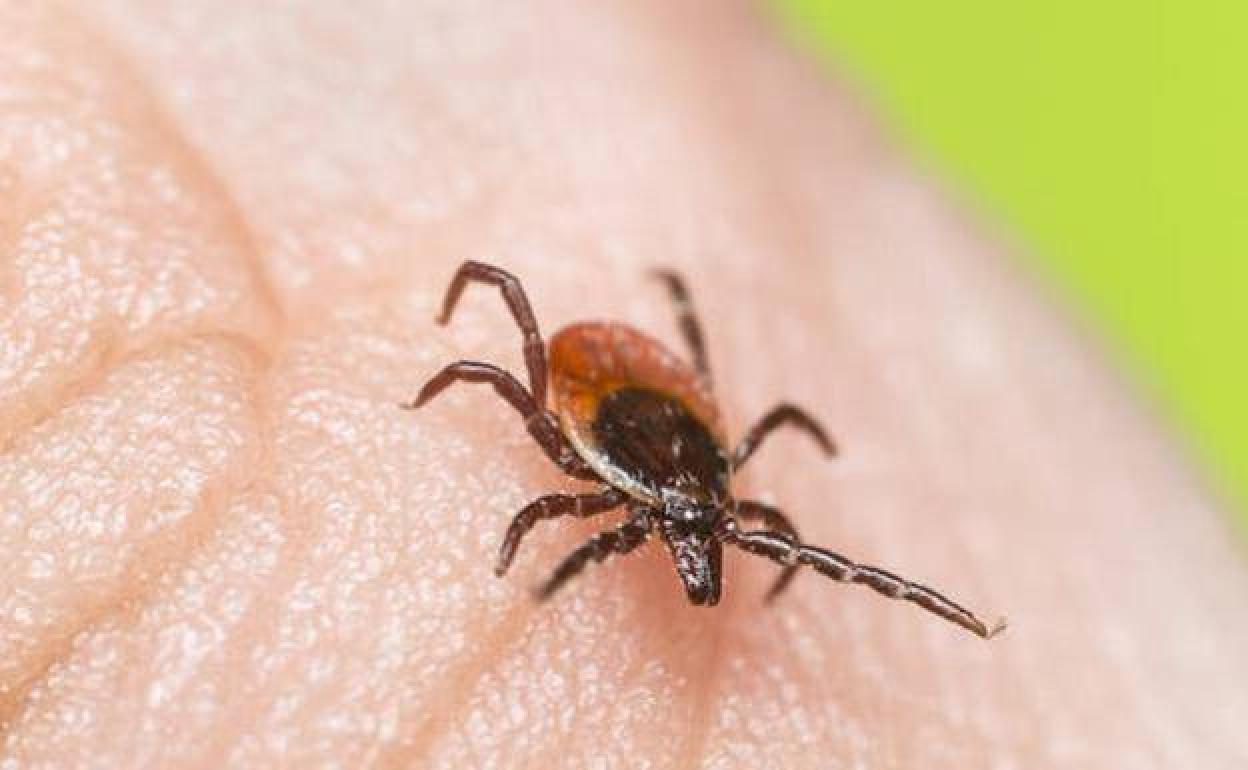

Sections
Highlight

SUR
Madrid
Tuesday, 31 May 2022
In the last 15 years, the number of people admitted to hospital in Spain with Lyme disease has tripled. This is an infectious illness which is caught through a bacteria passed by ticks to humans and animals. The information was given in a newsletter specifically about the illness produced by the Lyme monitoring group at the National Epidemiology Centre at the Carlos III Health Institute. The study showed that the increase has been similar everywhere in Spain except the region of Extremadura, where it went down.
One of the main causes is climate change, because autumns and winters are warmer these days. “Vets and doctors all over Spain have been warning for some time about an increase in patients with tick bites,” says the monitoring group.
In Spain, around 20 different types of tick have been identified, and some can transmit other serious illnesses such as viral encephalitis or Crimean-Congo haemorrhagic fever, which has a mortality rate of 30% without treatment. Jorge Galván, the CEO of the National Association of Environmental Health Companies (Anecpla) says the danger is not just that people may need hospital treatment: Lyme disease can become chronic if not properly treated, and seriously affect quality of life as it can lead to neurological, cardiac and joint problems.
Ticks are often found in the countryside, amid abundant vegetation and where animals are present. Most patients who end up in hospital work in rural areas, but walkers are also vulnerable and there can also be ticks in parks, gardens, swimming pools or even on the beach, says Sergio Monge, the president of Anecpla.
“It is important for people to be aware of the risks posed by ticks and that they can be picked up in holiday environments and not just in the countryside,” he says.
Ticks are often found in long grass, which makes it easy for them to climb onto animals or people who are passing to feed off their blood. They don’t let go until their bodies are completely full and swollen.
Experts say people should wear clothing which protects them as much as possible, leaving as little skin visible as they can. It is also important to check clothing as well as skin and hair (ticks particularly like armpits, the neck, waist and head). And, if one is found, remove it quickly and carefully by a suitable method and, if at all possible, keep it in case it needs to be analysed at a later date.
Publicidad
Publicidad
Publicidad
Publicidad
Esta funcionalidad es exclusiva para registrados.
Reporta un error en esta noticia

Debido a un error no hemos podido dar de alta tu suscripción.
Por favor, ponte en contacto con Atención al Cliente.

¡Bienvenido a SURINENGLISH!

Tu suscripción con Google se ha realizado correctamente, pero ya tenías otra suscripción activa en SURINENGLISH.
Déjanos tus datos y nos pondremos en contacto contigo para analizar tu caso

¡Tu suscripción con Google se ha realizado correctamente!
La compra se ha asociado al siguiente email
Comentar es una ventaja exclusiva para registrados
¿Ya eres registrado?
Inicia sesiónNecesitas ser suscriptor para poder votar.